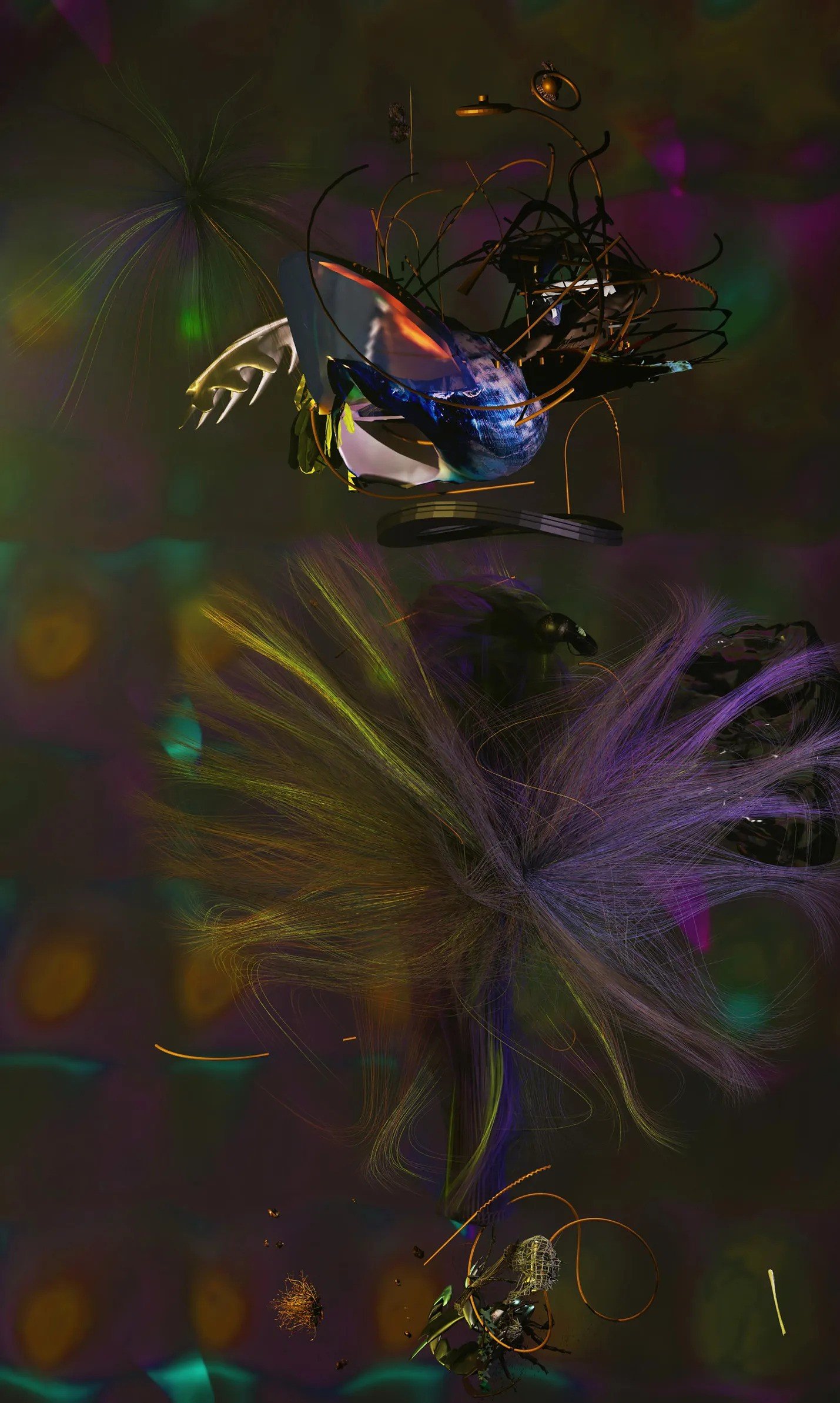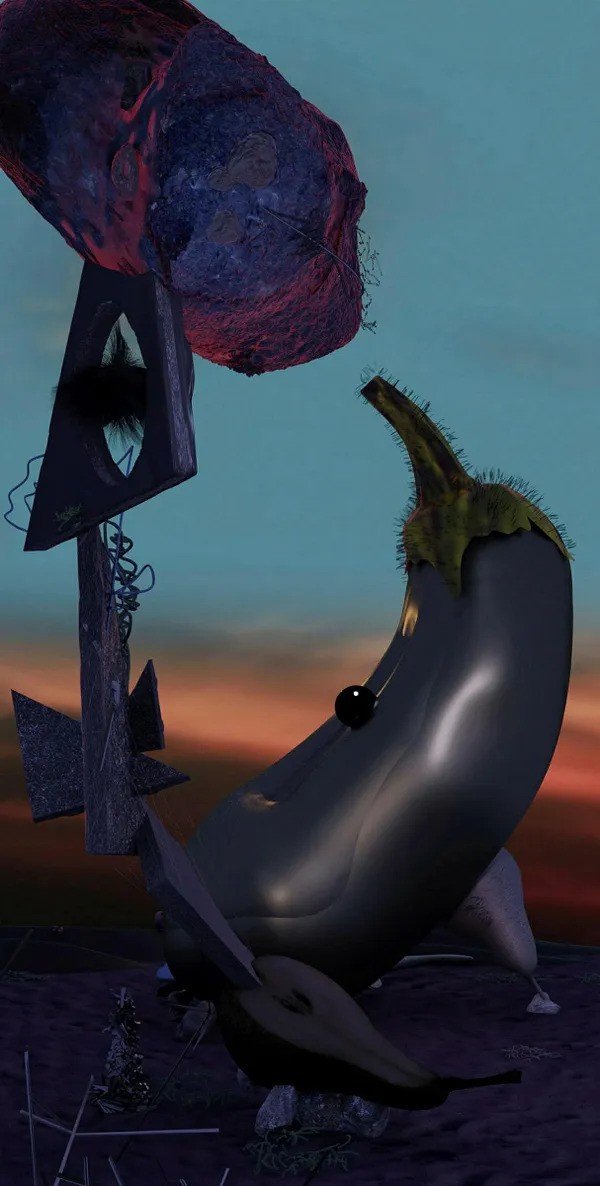World Chants by Eitan Ben Moshe
December 28th, 2023, Bat Yam Museum of Art

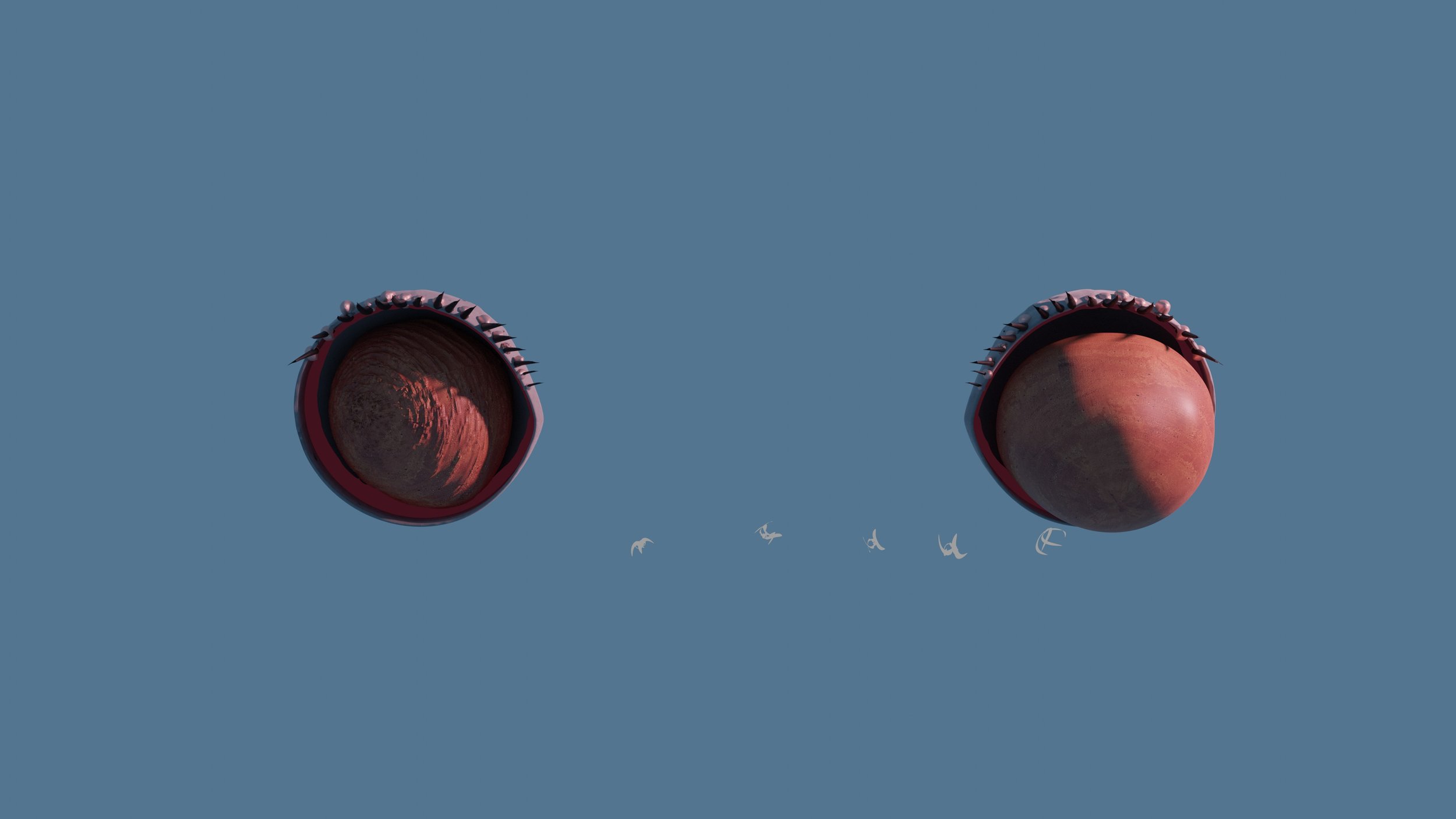
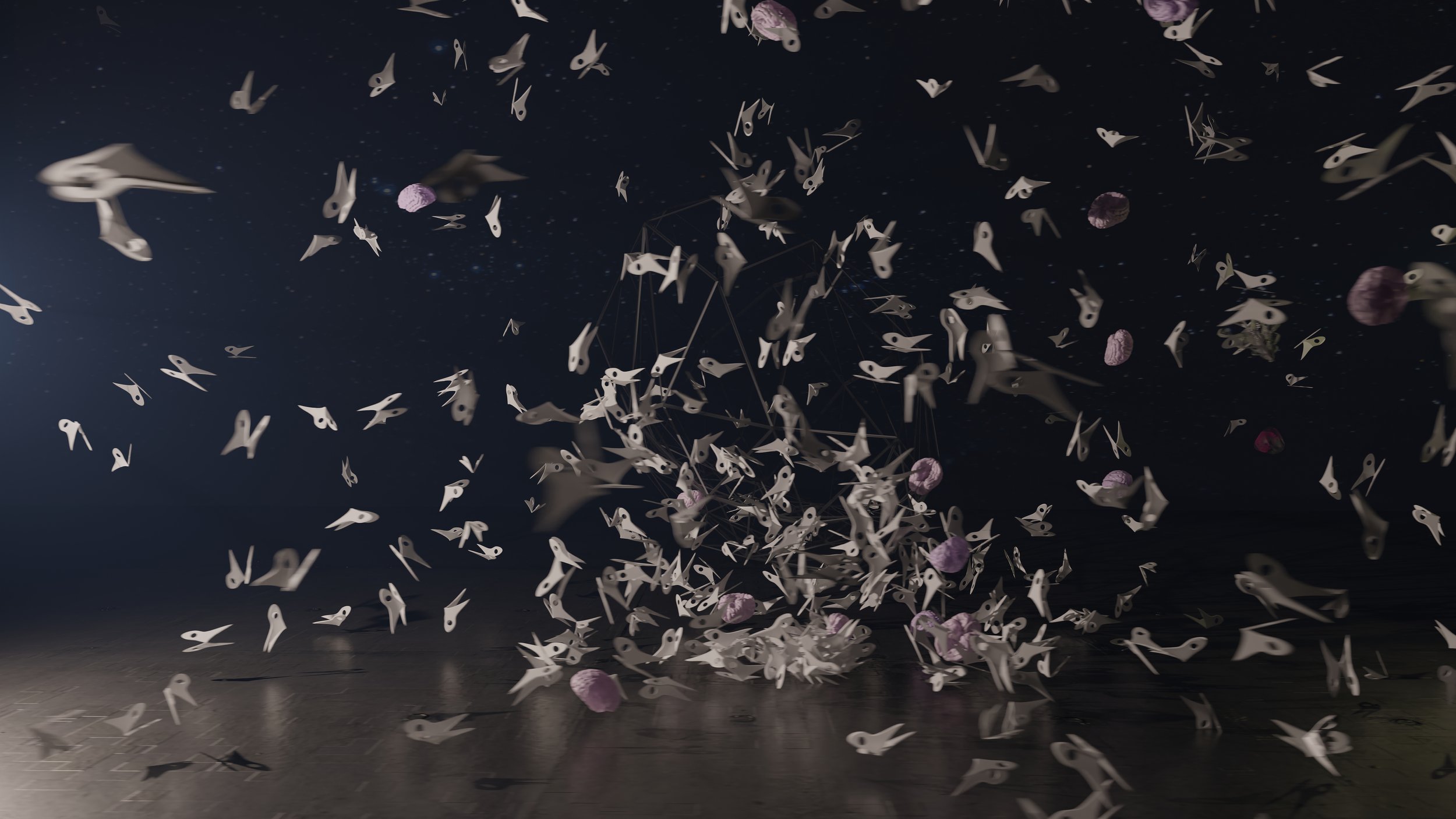
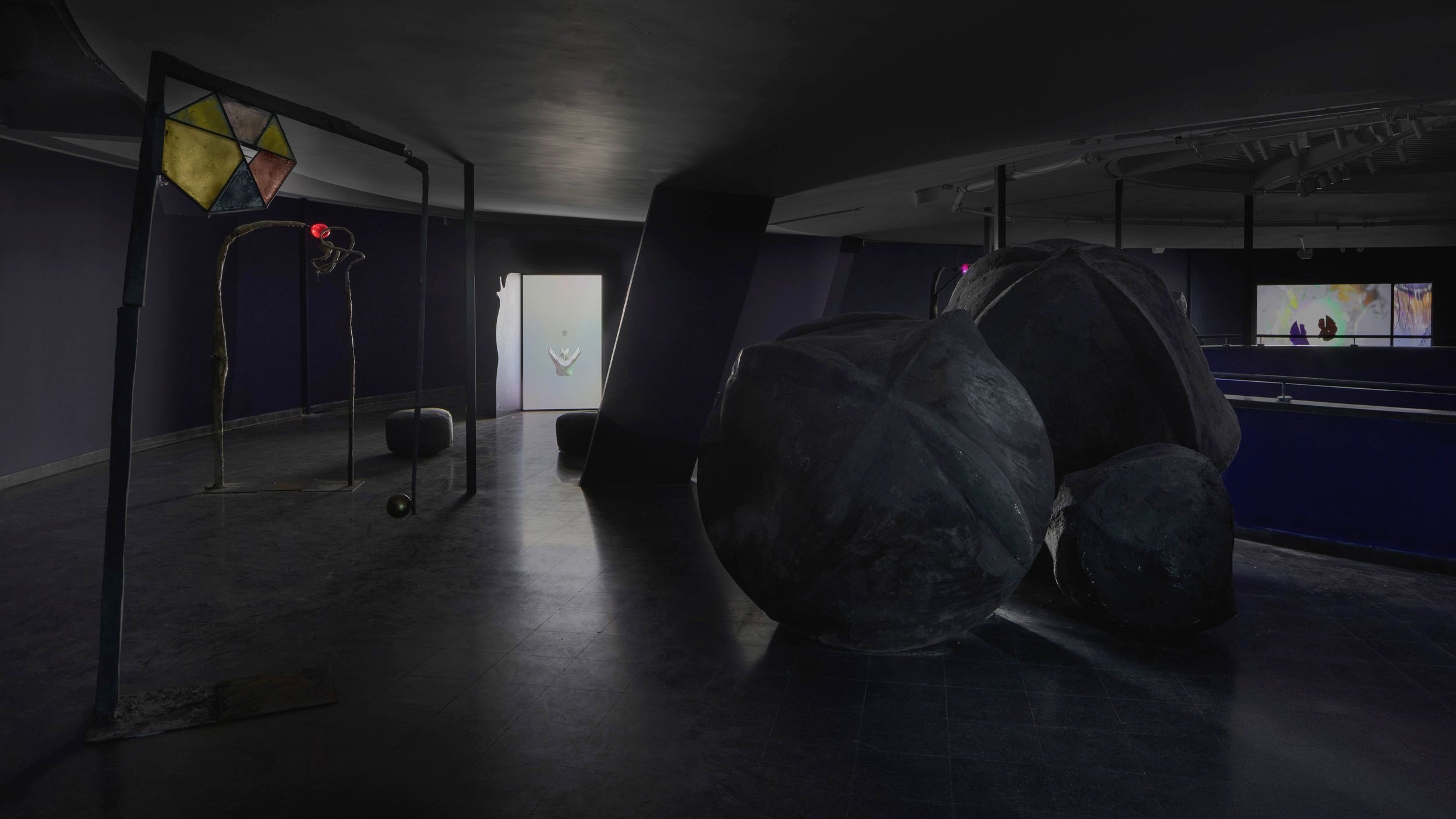
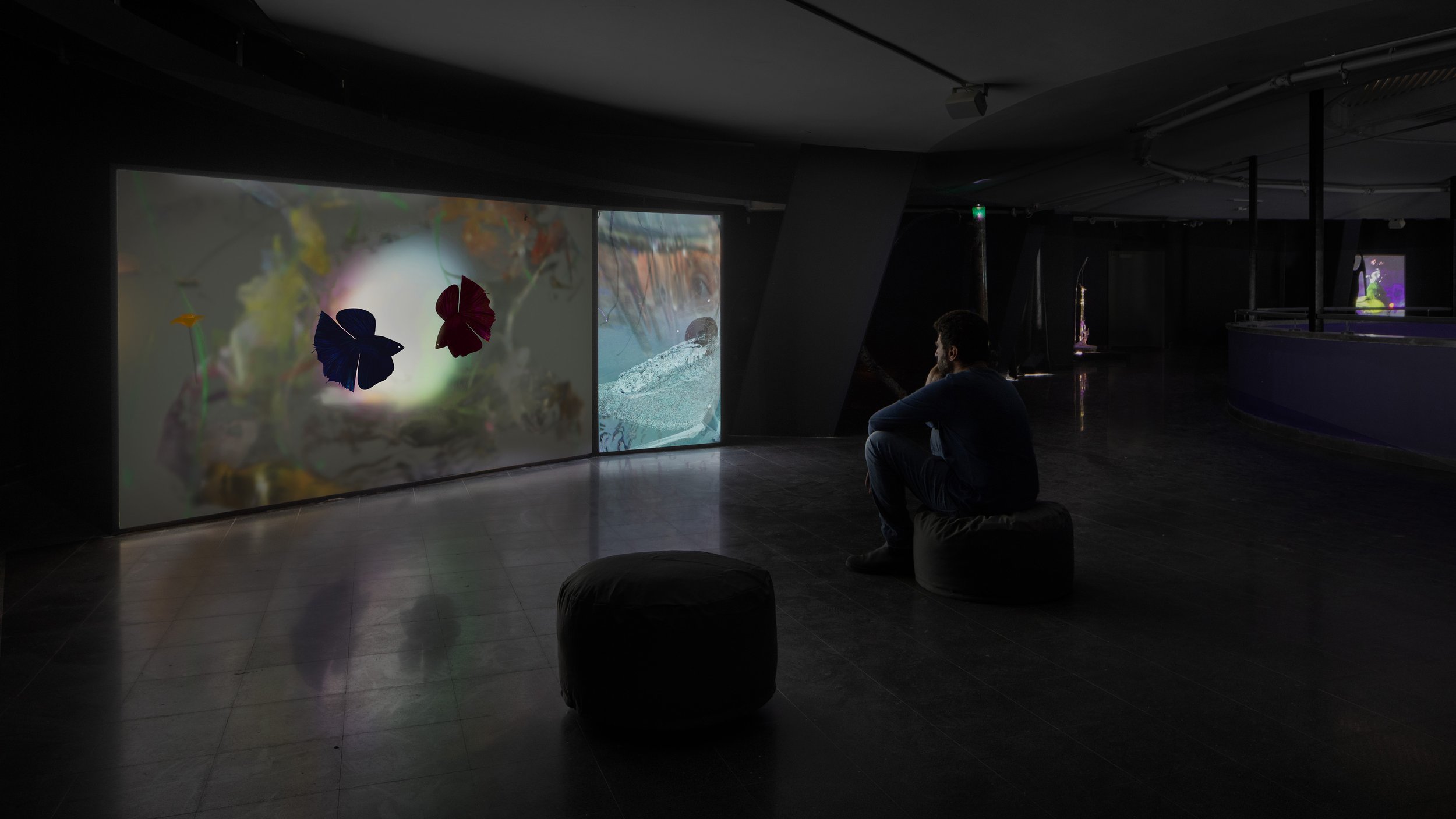
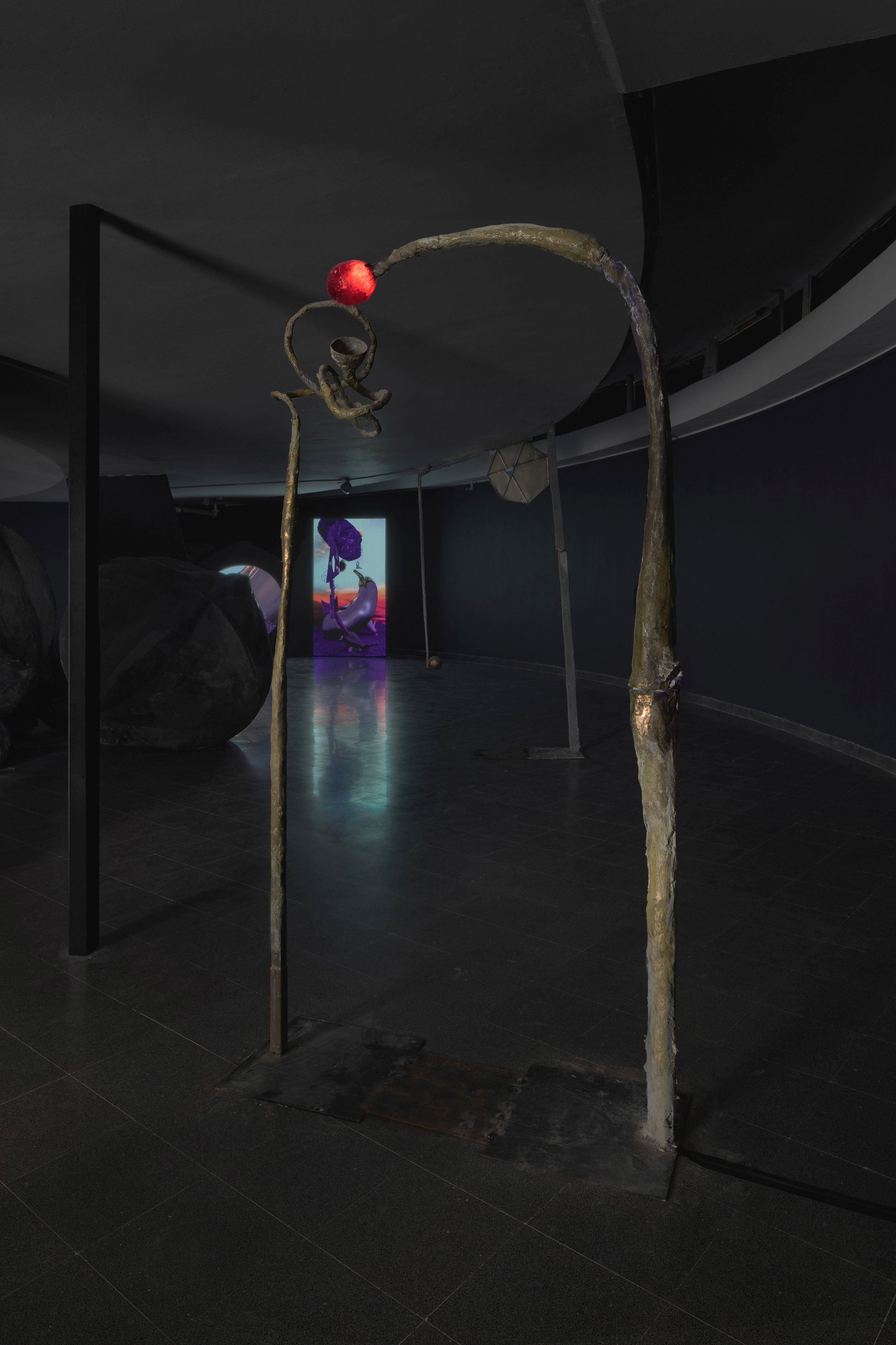
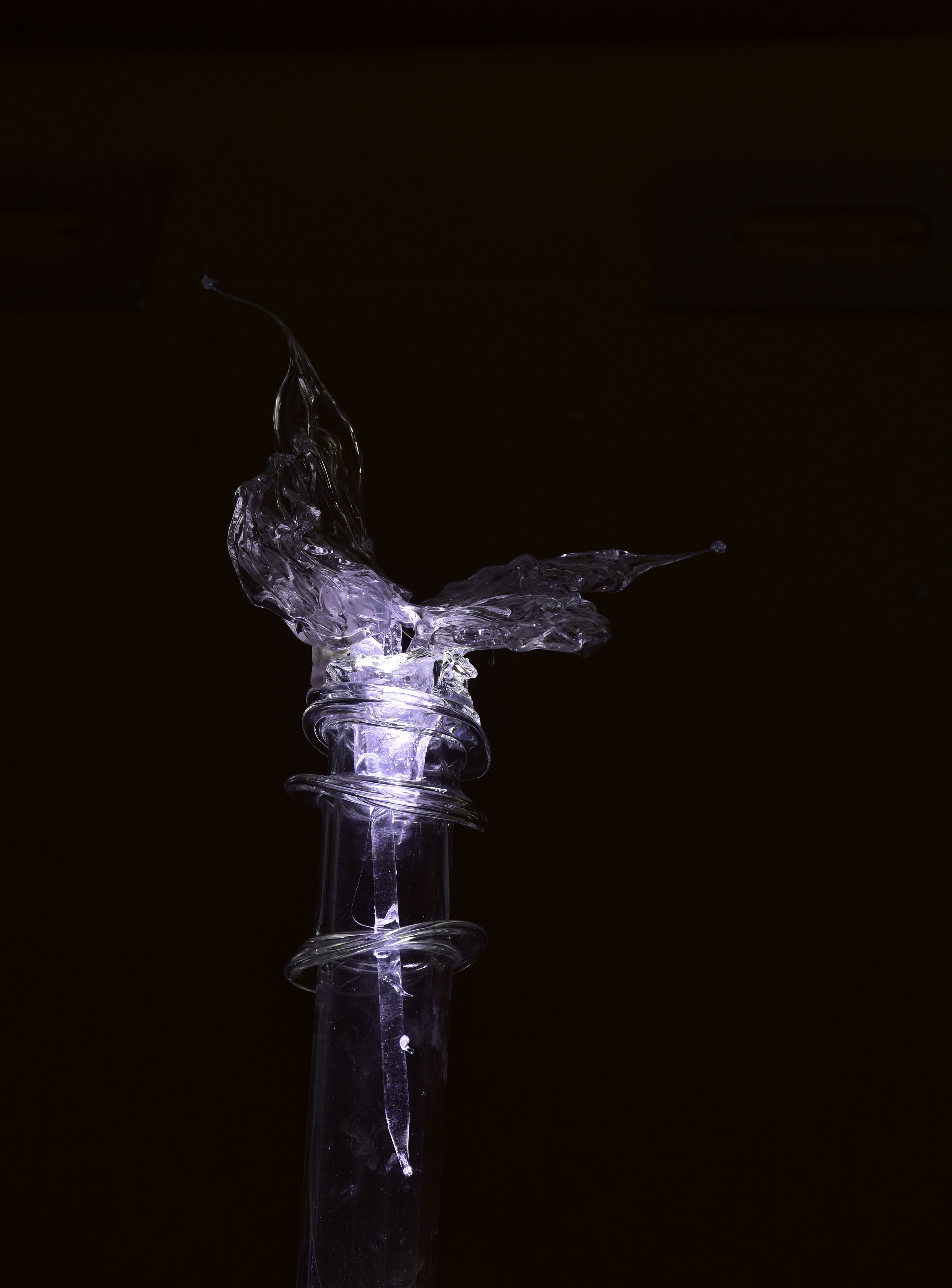
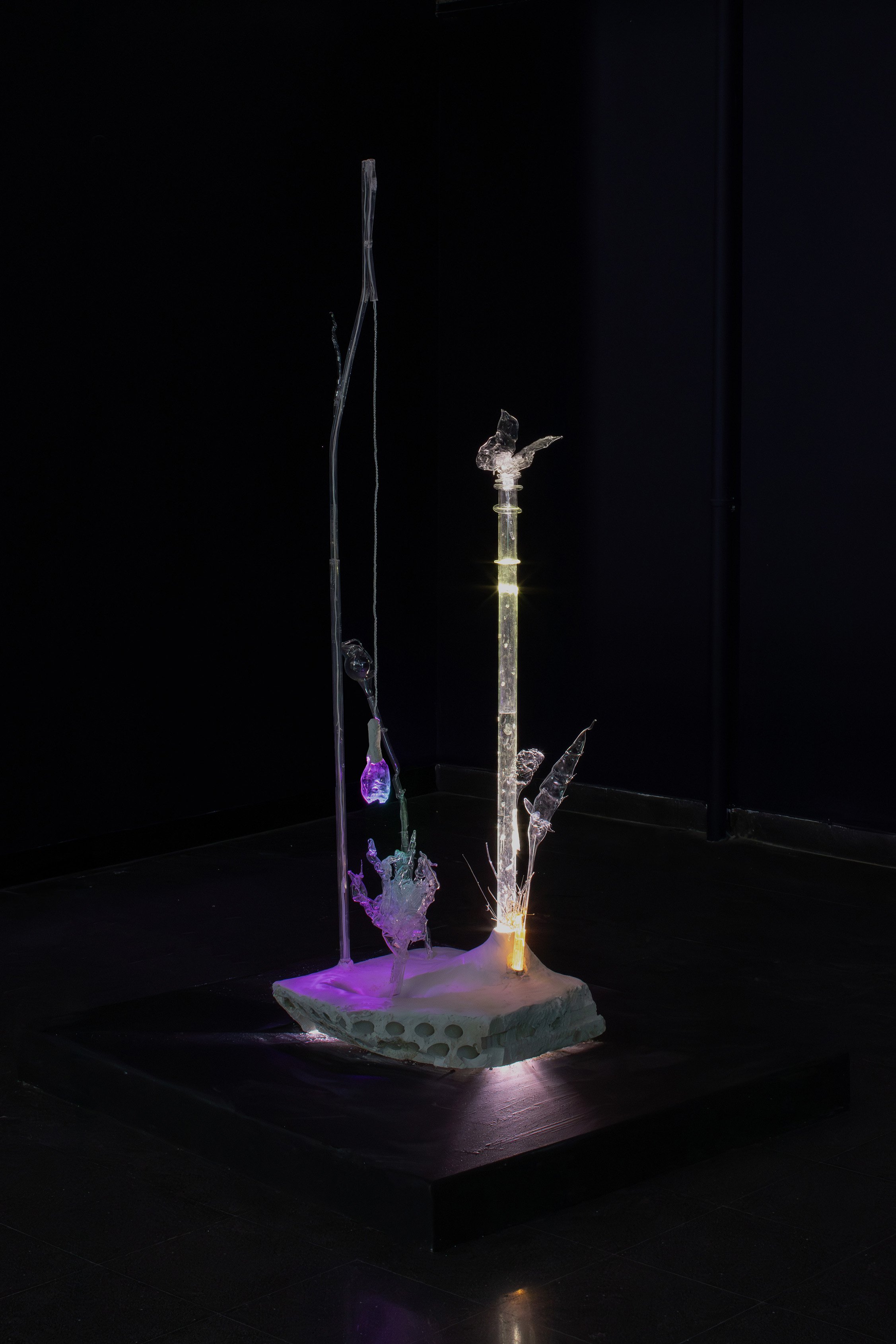
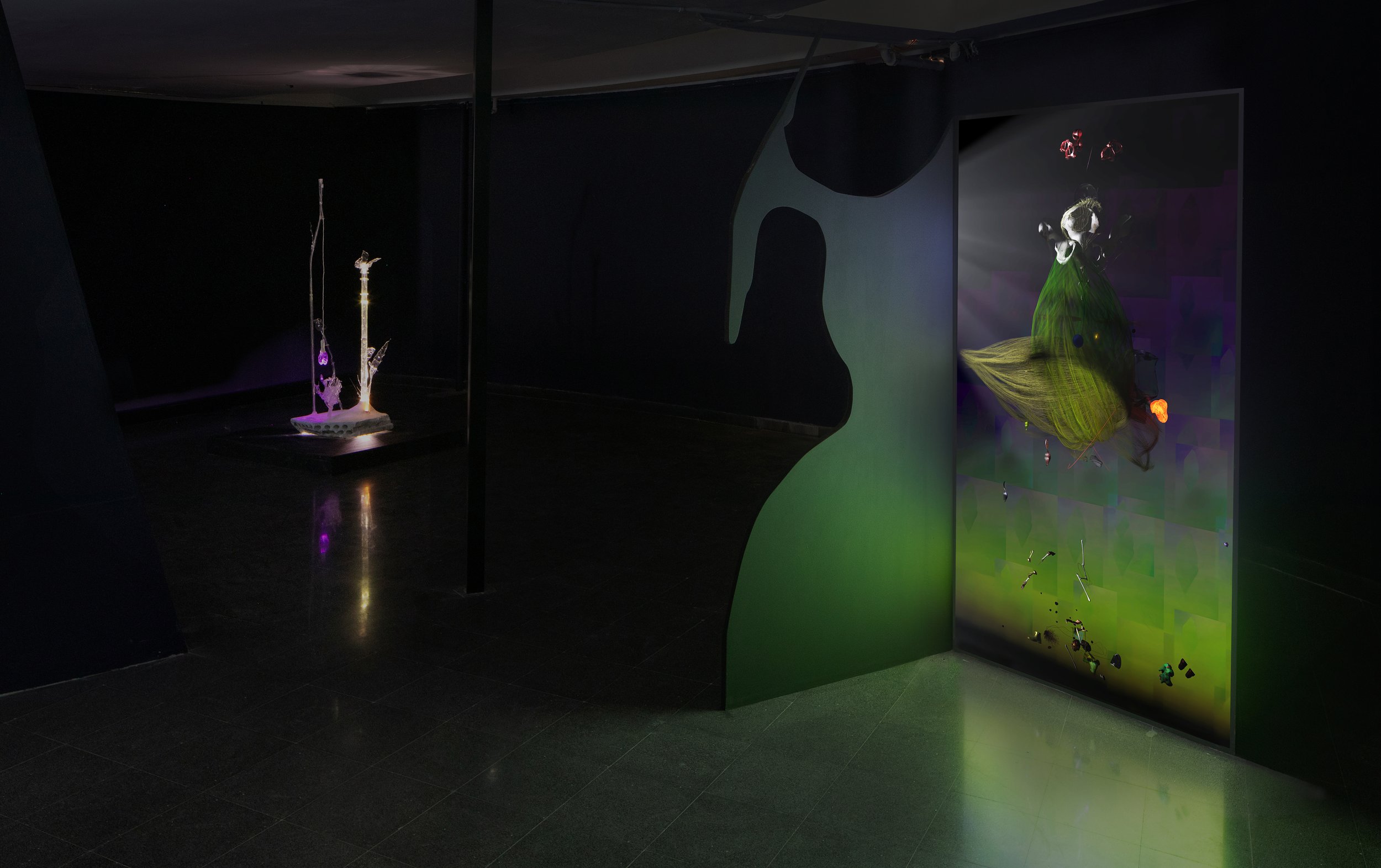
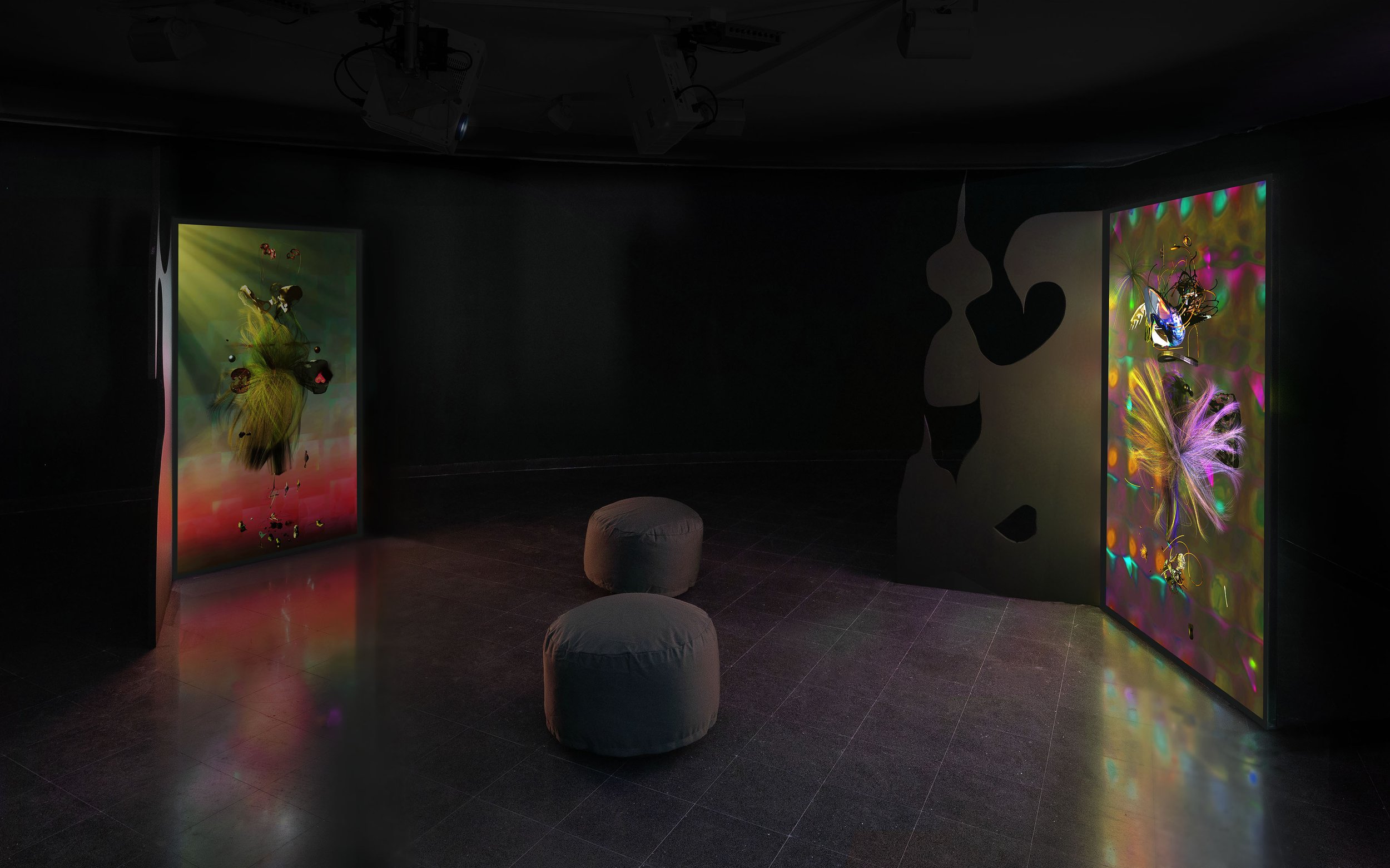
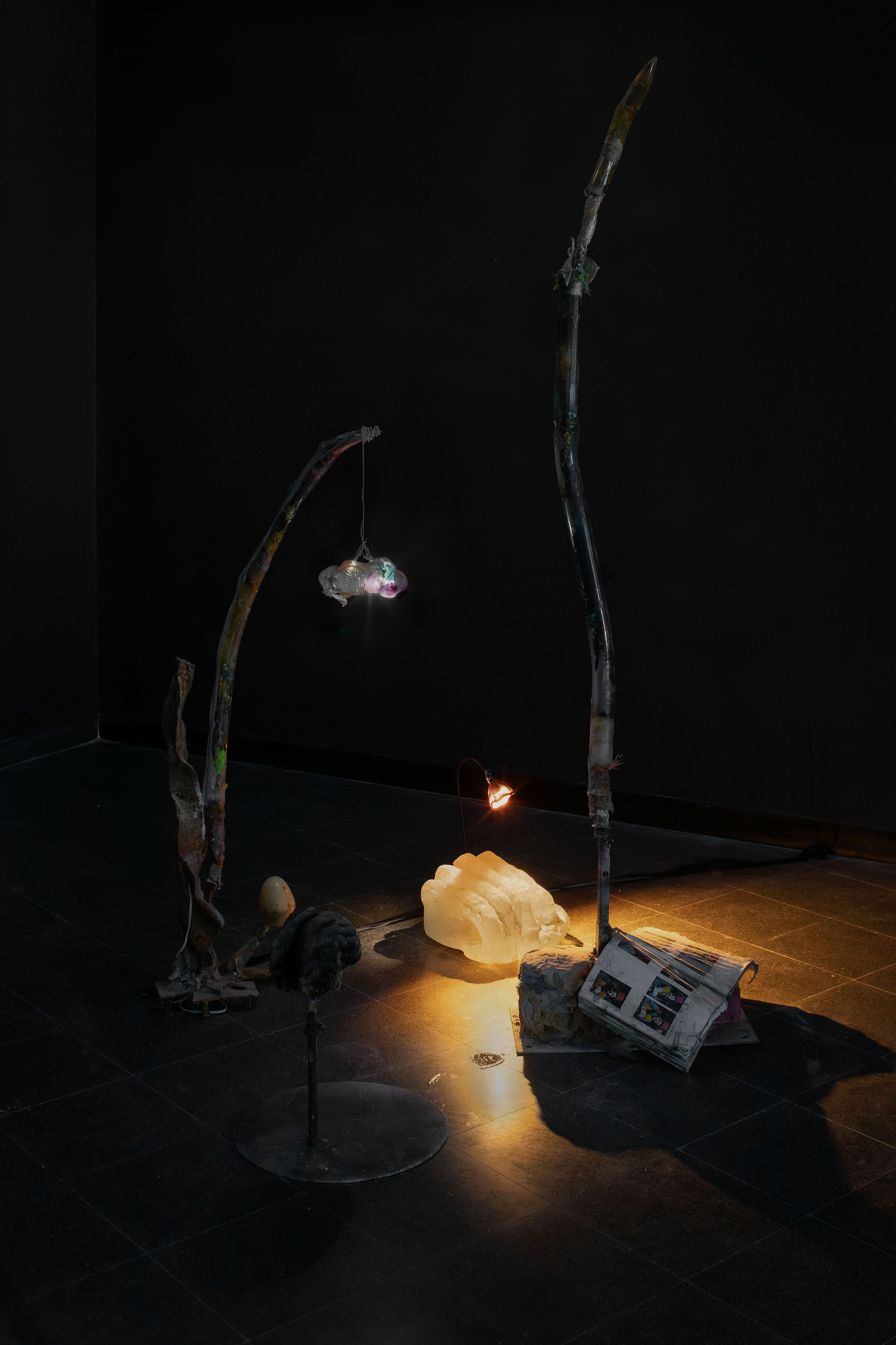
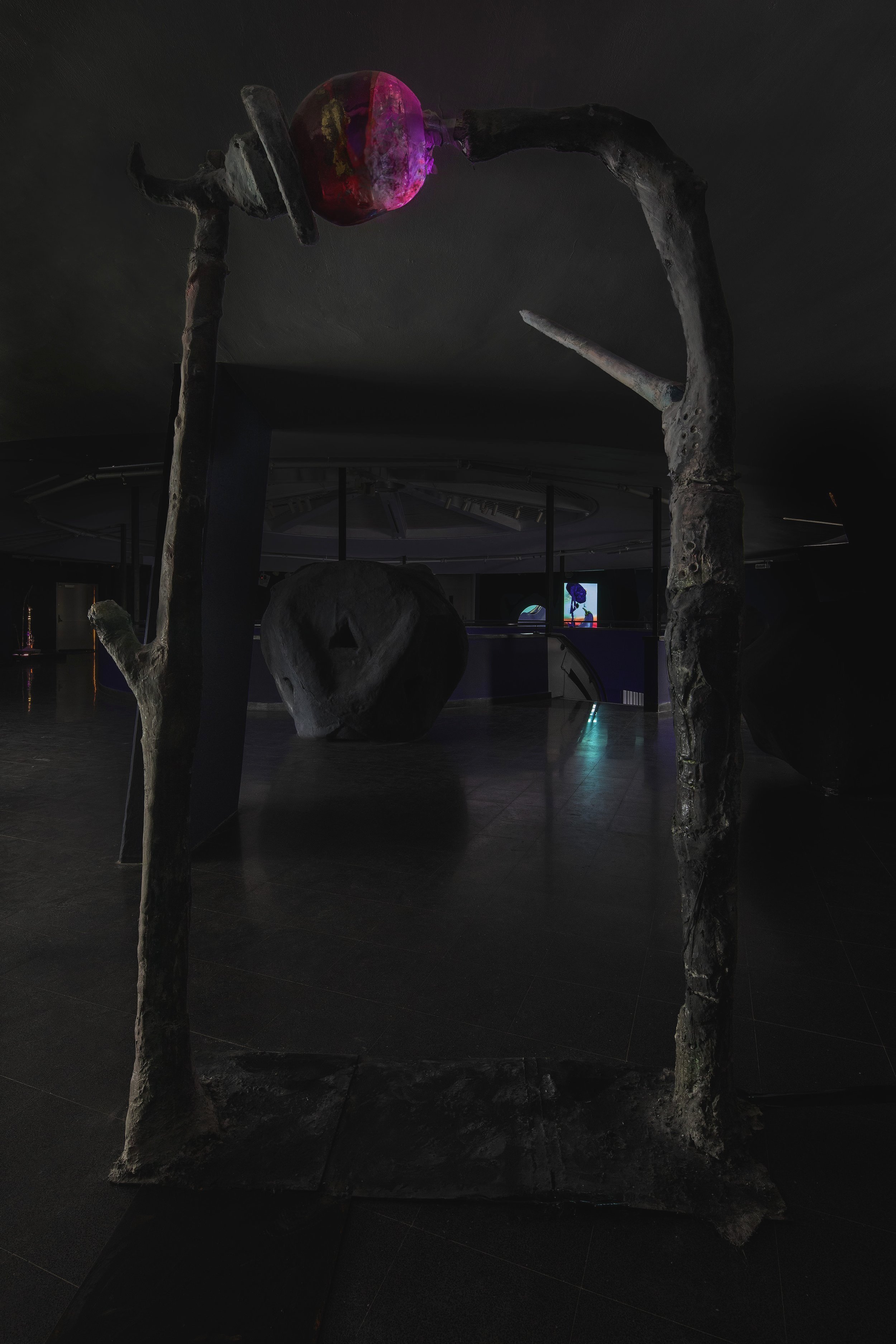
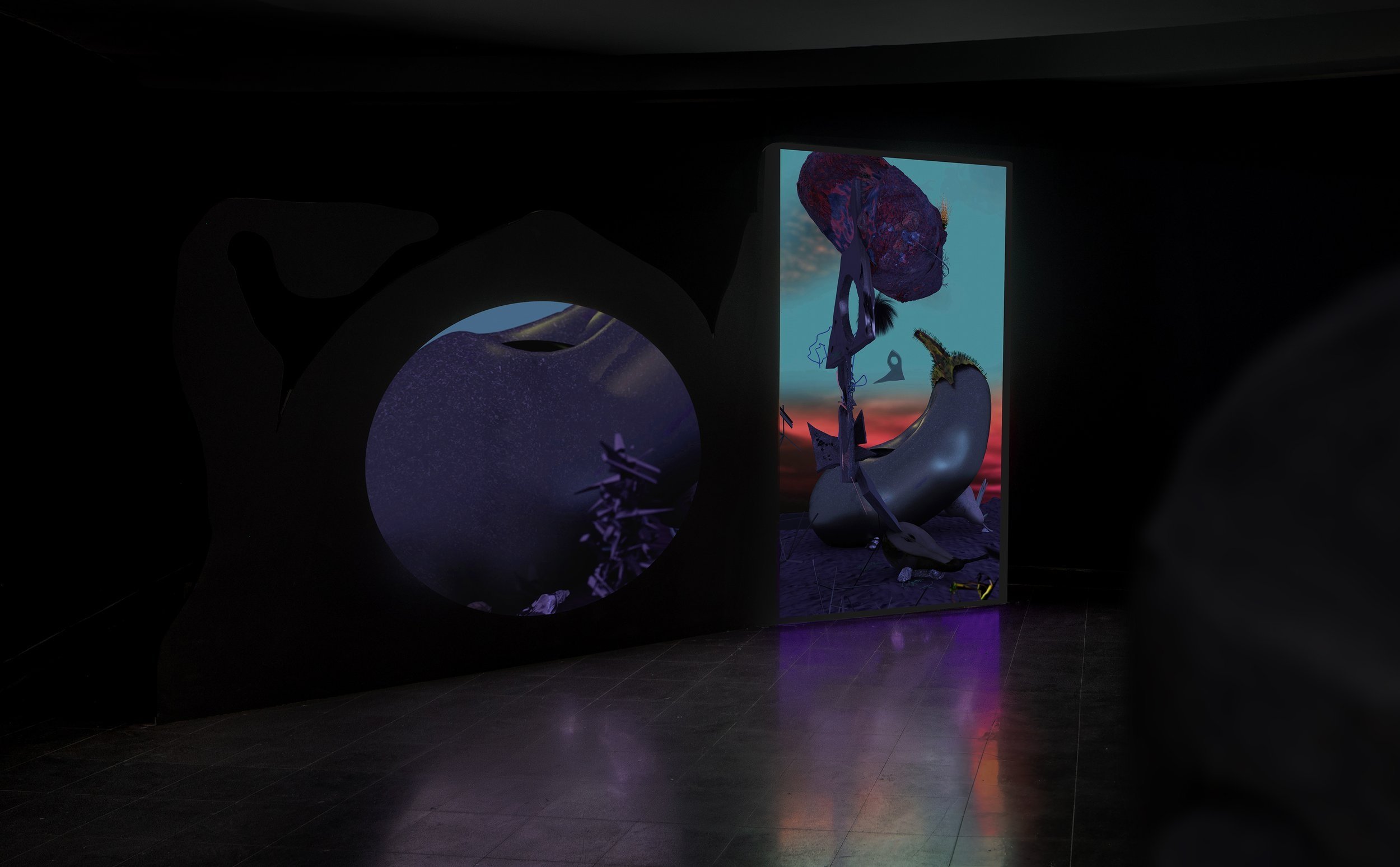
World Chants: Eitan Ben Moshe
A folksong is something of an entity, a body of knowledge made of words and melody that passes from person to person, from mouth to ear, and contains the constituting core of a people. A “people” as in humans, who gathered around a shared nucleus over hundreds of years and created a tradition, sense of belonging and meaning. Folksongs excite our hearts, reaching in and activating our emotions, awakening something latent within us. The term “folksong” is relatively late, coined in the 19th century along with the rise of national movements. Songs, which till then were an integral part of local traditions, entered the service of national ethos, along with new songs written specifically for that purpose. Many folksongs express universal experiences, and their influence often transcends national boundaries, carried like seeds in the wind and merging with the traditions of other peoples; there is reason to regard them as world songs. Within the Israeli melting pot, the sources of folksongs and their recreation are far-flung. The roots of melodies and lyrics spread beyond the state’s borders and over the sea, reaching almost every continent and country that housed Jews. Many of our folksongs originate in Russia, Arab countries, Europe and Africa. Each nation has its musical genetic code and often includes surprising influences of enemy nations or those with no geographic connection to Israel. In addition, Israel also has a local Muslim and Christian tradition, interwoven with ancient folksongs.
When Eitan Ben Moshe began exploring folksongs, he searched for the core of civilization to remind us what it means to be human. The songs he collected were the basis for digital-virtual sculptures created with advanced image processing technologies and 3D and animation software, making them seem to shine from within the darkness. In the exhibition, each folksong underwent an acoustic and digital process combining existing songs with new acoustic and electronic music. Each video is based on archetypical images such as a butterfly, a broken rock, a bubble carried by the wind, a spark of fire and a lump of fur, all constantly being transformed. Ben Moshe does not intend to create folksongs but undoes and reassembles existing ones into new, incomplete entities. Hearing the songs in their faulty versions exposes the core of their human memories, of people’s fears, beliefs and hopes. This is at once a utopic and dystopic process, in which Ben Moshe entwines the primal and deep-seated with the transient and technologically innovative. Ben Moshe seems to be testing our ability to gather again around the tribal bonfire as he questions the meaning of folksongs in a world undergoing accelerated technological developments in which, while nothing can be forgotten, it is unclear if anything can be recalled.
Bat Yam Museum now stands in darkness. The works gleam from within like pearls or strange planets. Among the projections, giant seeds lie in the dusk, their hairs illumed by a gentle light as visitors pass by them, moving through the songs. The sounds emanating from the virtual sculptures merge into each other and mix, creating a cacophonic space, a sphere of imagination where dreams and nightmares constantly interchange. Human awareness is reflected in the works as a throbbing, extending tissue, strange and dynamic, a space into which human subconsciousness discharges emotive and cursed recollections, old and new, providing them with relief, context and perhaps even some meaning and mercy.
Text by Hila Cohen-Schneiderman
